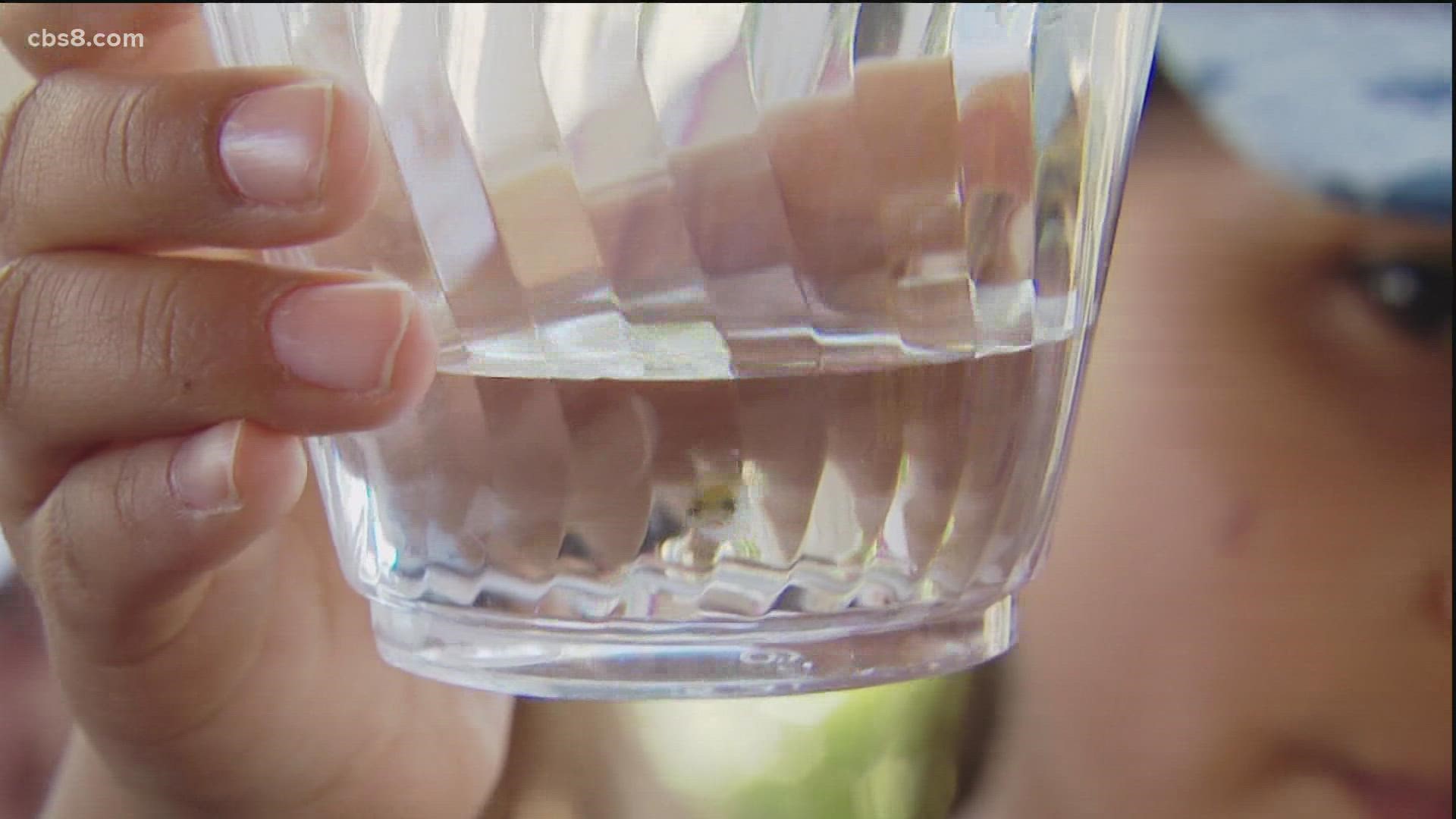ESCONDIDO, Calif. — Why not start them at a young age? It's their planet, too.
The Escondido Creek Conservancy teamed up with a group of second graders out of North County to keep our ecosystem swimming along.
For years, the Trout in the Classroom program has allowed North County students to under the importance of clean water and a healthy ecosystem through raising rainbow trout. Their passion and knowledge could be the tools needed to restore a dying species in our county.
"I know today we have a lot of feelings because we've become really attached to our trout, right? But, also we know they are going to be so happy in this wonderful, clean habitat here with plenty of room to grow and swim," said Kari Shelton, a Science Teacher at High Tech Elementary North County.
Two months of hard work has led to this bittersweet day for Shelton's second grade class. These young conservationists learned about conditions for a trout habitat in preparation for raising their Rainbow Trout in an aquarium from eggs to the alevin and fry stages before releasing them into Lake Miramar.
Behind the concession stand at Lake Miramar, Shelton supplied each rainbow trout parent with the fish they raised and reminded them to cover the top of the cup to protect their fish on their journey to the edge of the lake.
"These trout are a really good opportunity for the kids to care about something that turns out is really sensitive. As they learn what the trout needs, they learn what it takes to make the ecosystem healthy and that benefits that trout, but also us. It's a great vessel to teach kids about watershed health," said Simon Breen, the Education Director with the Escondido Creek Conservancy.
This local environmental group reached out to High Tech Elementary North County to continue this years-long program for young students. The conservancy supplies the eggs, equipment, gives lessons, and assistance to the schools involved in the trout release program.
"Rainbow trout are technically the same species as Steelhead trout. The difference is Steelhead trout will go out to the ocean and lay their eggs upstream and because they are so sensitive, we've lost them. More than a century ago, they've really plummeted quite a bit. In the Escondido Creek, there aren't any anymore," stated Breen.
In fact, the Southern California Steelhead is listed as an endangered species due to factors including invasive species and pollutants. These students are helping to bring new life to this native species. Lake Miramar happens to be the only spot in our local area where the water is clean enough for the trout.
Release into nature
And now, it's time for these young conservationists to release their trout into the water with well wishes on their minds.
When asked their "fish wishes", one student said she hopes her fish continues to grow and have a really happy life.
Another student, Ronan, hopes his trout named "Big Fat Chungus" makes it through the day.
"My fish wish was it wouldn't get eaten right away," said Ronan.
Another student, Kelsey, wished for fish, fish and well more fish. "It can grow more babies like a tradition," said Kelsey.
But it is not just fish wishes on their minds. While their nurturing of these tiny fish helps in making a big difference in our local ecosystem, these second graders are becoming more environmentally conscious of issues and advocates for change.
"I know it's a problem at our school, like anywhere where kids don't want to pick up trash after themselves or don't really understand why we stay on trail for example. So for them to already be living that way and thinking about that and encouraging others to take care of nature, I feel like is really important," said Shelton.
If you are a teacher or principal interested in participating in the trout release program, you can get more information on their website at Escondido creek dot org. Parents, you can also sign your kids up for their summer camp program kicking off in June by emailing Simon at Simon at Escondido creek dot org.
WATCH RELATED: Salk Institute scientist study generic makeup of wetland plants to fight climate change (March 2022).

